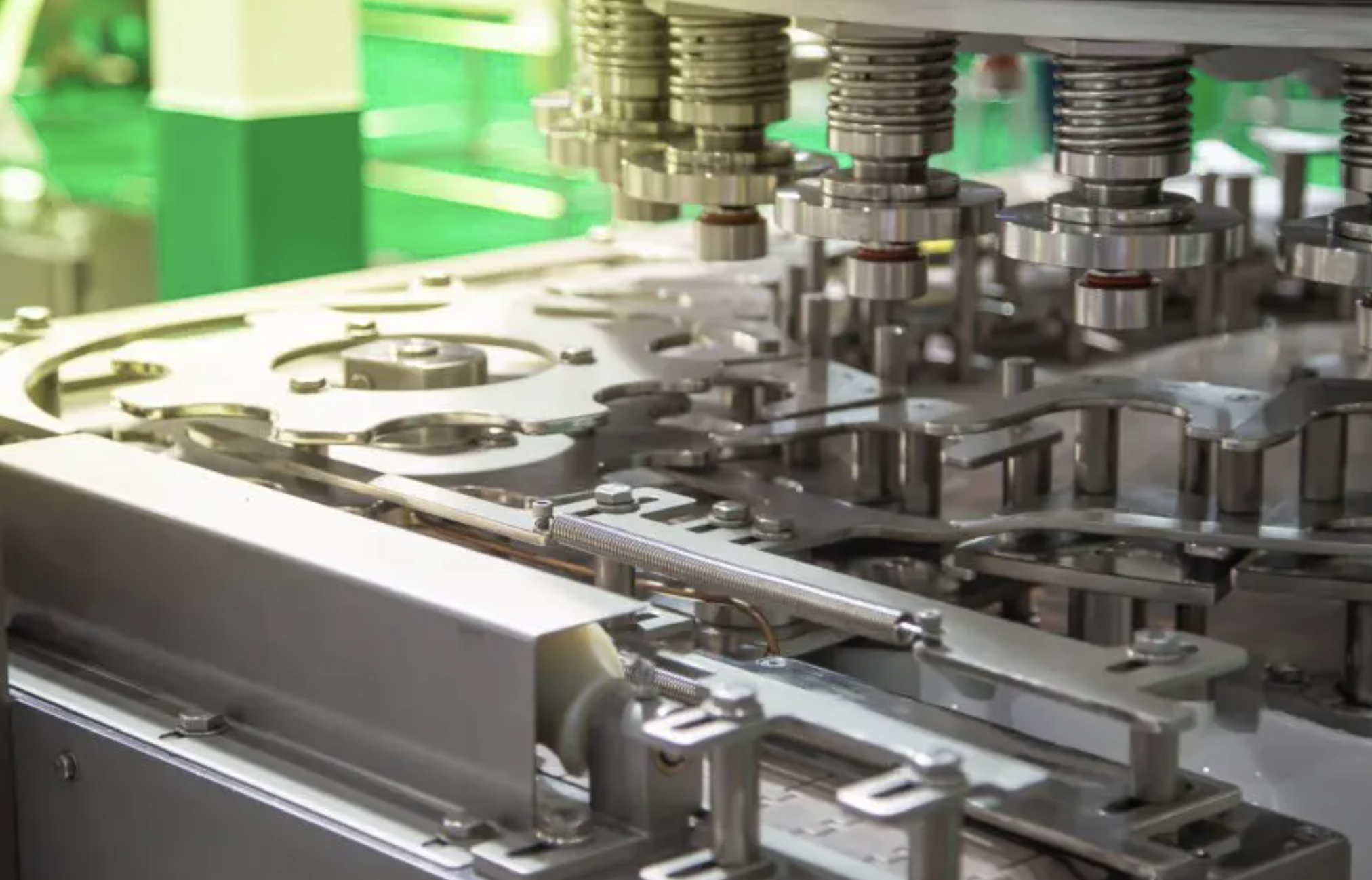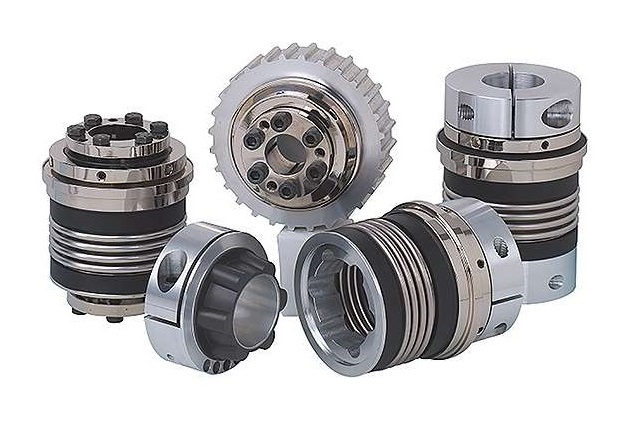Torque Limiters : Types and Benefits
by 22/03/2023 19:130

In the world of industrial equipment, safety is paramount. Ensuring the safety of personnel, equipment, and facilities is crucial to preventing costly accidents and downtime. One crucial component of industrial equipment safety is the torque limiter, which helps prevent damage to equipment by limiting the amount of torque that can be transmitted through a drive system. In this article, we will explore what torque limiters are, how they work, and their benefits in industrial applications.
What are Torque Limiters?
A Torque Limiter is a mechanical device that limits the amount of torque that can be transmitted through a drive system. This is achieved through the use of a slipping or shearing mechanism that disengages the drive system when a certain torque threshold is exceeded. Torque limiters are commonly used in power transmission systems, such as those found in machinery and conveyor systems, to prevent overloading and protect equipment from damage.
Types of Torque Limiters
There are several types of torque limiters, including:
- Friction Torque Limiters
- Shear Pin Torque Limiters
- Ball Detent Torque Limiters
- Magnetic Torque Limiters
Each type of torque limiter has its own unique mechanism for limiting torque transmission, and the type used depends on the specific application.

How Do Torque Limiters Work?
Torque limiters work by disengaging the drive system when a certain torque threshold is exceeded. This is typically achieved through the use of a slipping or shearing mechanism that allows the drive system to slip or shear when the torque exceeds a certain level. This prevents damage to equipment by limiting the amount of torque that can be transmitted through the system.
Friction Torque Limiters
Friction torque limiters use a friction-based release mechanism to disengage the power transmission when the torque level exceeds the preset limit. They are designed with a set of friction plates that slip when the torque exceeds the set limit. Friction torque limiters are ideal for applications where high torque levels are expected.
Shear Pin Torque Limiters
Shear pin torque limiters work by using a shear pin that is designed to break when the torque exceeds a certain level. The shear pin is designed to be the weakest point in the system, so that when high torque is reached, the pin will shear off, disconnecting the drive from the load and preventing damage to the machine.
Ball Detent Torque Limiters
Ball detent torque limiters use a ball-bearing mechanism to disengage the power transmission when the torque level exceeds the preset limit. They are designed with a set of balls that are held in place by springs. When the torque exceeds the set limit, the balls disengage from their position, and power transmission is interrupted. Ball detent torque limiters are ideal for applications where rapid torque changes are expected.
Magnetic Torque Limiters
Magnetic torque limiters work by using a magnetic field to limit the amount of torque that can be transmitted through the system. This is achieved through the use of a series of magnets that are arranged in a specific pattern. When the torque exceeds a certain level, the magnetic field is overcome, and the drive system slips.
Benefits of using a torque limiter
There are several benefits of using a torque limiter, including:
Protection of machinery
One of the most significant benefits of using a torque limiter is that it protects machinery from damage caused by excessive torque. Without a torque limiter, machinery is at risk of breaking down due to overloading, which can lead to expensive repairs or even replacement.
Increased productivity
By using a torque limiter, machinery downtime can be significantly reduced. When machinery breaks down due to overloading, it can take a significant amount of time to repair or replace. This can result in lost productivity and decreased efficiency. With a torque limiter in place, machinery downtime is reduced, allowing for increased productivity.
Improved safety
A torque limiter can also improve safety in the workplace. By preventing machinery from overloading, the risk of accidents and injuries is significantly reduced. This is particularly important in industries where heavy machinery is used.
Factors to Consider When Selecting Torque Limiters
Selecting the right torque limiter for your application can be a complex process. Here are some of the factors to consider when selecting a torque limiter:
Torque Range
The torque range is the maximum and minimum torque that the limiter can handle. It is important to select a torque limiter that can handle the maximum torque of your application to prevent damage to the equipment.
Application Environment
The application environment includes factors such as temperature, humidity, and vibration levels. It is important to select a torque limiter that is suitable for the environment to ensure its reliability and longevity.
Speed
The speed of the application is an essential factor to consider when selecting a torque limiter. Higher-speed applications require torque limiters that can handle the higher speeds and provide accurate control.
Cost
The cost of the torque limiter is an essential factor to consider when selecting a torque limiter. It is important to balance the cost with the application requirements to ensure an optimum solution.
In summary, torque limiters are a crucial component of industrial machinery that help ensure the safety of both the equipment and the workers operating it. By limiting the amount of torque that can be transmitted through a rotating shaft, torque limiters prevent damage to the machinery, protect the operators, and help safeguard the environment.
Feel free to visit HVH Industrial Solutions if you have any questions, need more information, or are interested in purchasing a torque limiter.
Also, you can check our Engineering Blog for more informative articles.



